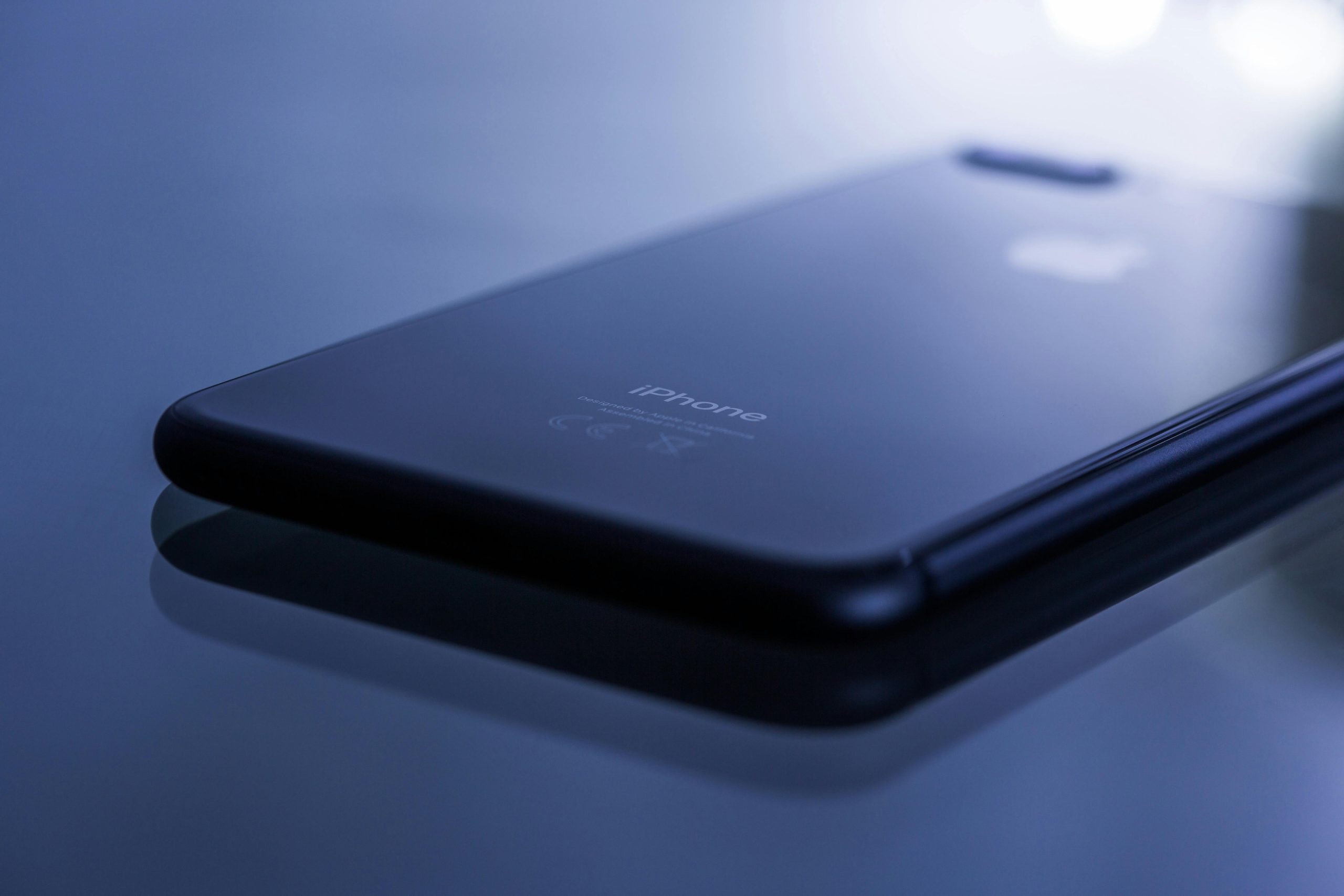Troubleshooting VPN Connectivity and Security Camera Access Following Mobile Device Upgrade
Introduction
Many homeowners rely on remote access solutions to monitor their security cameras seamlessly. When setting up such systems, ensuring reliable VPN connectivity is crucial. However, upgrading devices or switching service providers can sometimes introduce unforeseen challenges. This article explores common issues encountered when a new mobile device fails to connect to OpenVPN or security cameras, despite previous configurations working flawlessly.
Background
In a typical home security setup, a user may utilize a Wi-Fi router—such as the TP-Link AX1800—to facilitate remote access. Establishing a secure VPN connection via OpenVPN on a mobile device allows remote viewing of security cameras through apps like TinyCam PRO. When properly configured, this setup enables users to access their security feeds anywhere outside their home network.
Case Scenario
Consider a user who previously operated an S10 Samsung device with the same VPN and camera configurations, which functioned perfectly. After upgrading to a Samsung S23 and switching from Cricket to Mint Mobile, the user reports that, although VPN connectivity appears intact (i.e., the device obtains the same IP address as before), they cannot view their security cameras when connected through the VPN.
Key Observations
-
Local Wi-Fi Operation: Cameras are accessible and functional when the device is connected to the home Wi-Fi network, indicating that local network settings and camera configurations are correct.
-
VPN Connection: The user can connect to OpenVPN and obtain an IP address similar to their computer’s, suggesting successful VPN establishment.
-
Upgrades and Changes: The transition from Samsung S10 to S23 and from Cricket to Mint Mobile are recent changes that could influence connectivity.
Potential Causes and Troubleshooting Steps
- Compatibility and Configuration Differences
-
Ensure that the VPN profile transferred to the new device matches the one used previously. Sometimes, profile imports may omit key settings.
-
VPN Server and Firewall Settings
-
Verify that the VPN server configuration on the TP-Link router allows connections from the new device or new network conditions.
-
Network Provider Restrictions
-
Some mobile carriers may block VPN traffic or impose restrictions. Test the setup on different networks or using cellular data to identify if the issue is provider-related.
-
App and Device Permissions
-
Check that TinyCam PRO and OpenVPN have the necessary permissions on the new device.
-
Routing and DNS Configuration
- Confirm that the VPN and camera traffic routes correctly through the VPN tunnel. Misconfigured routes or
Share this content:

